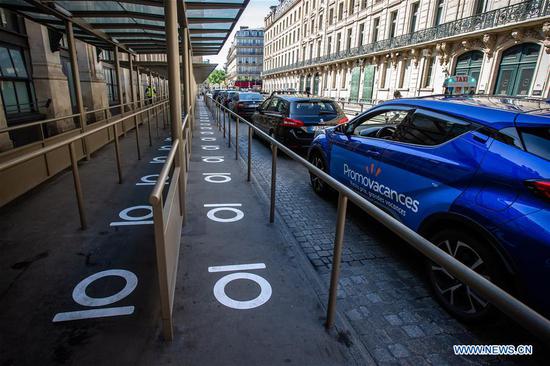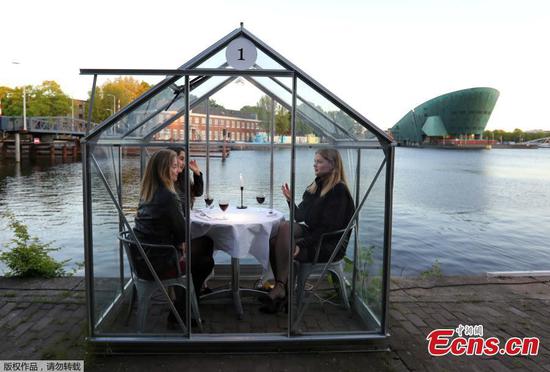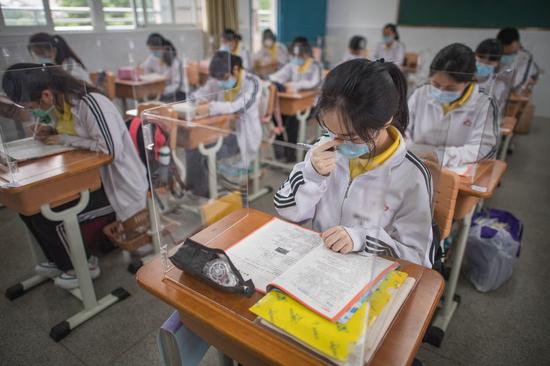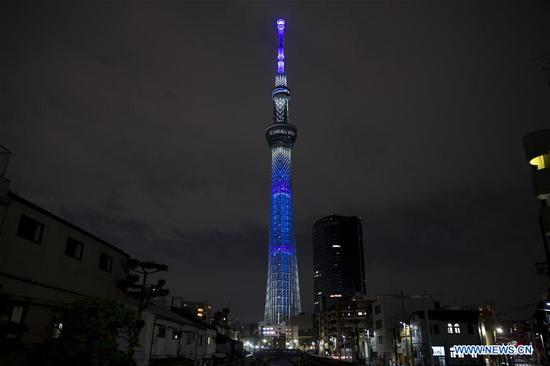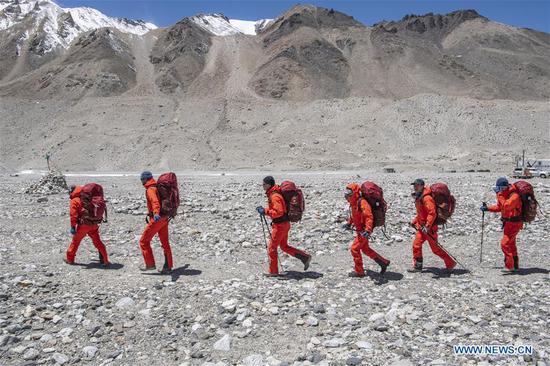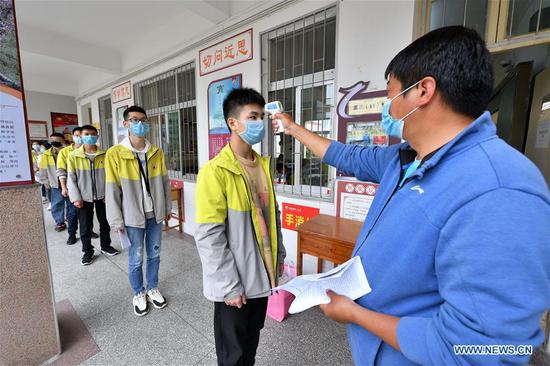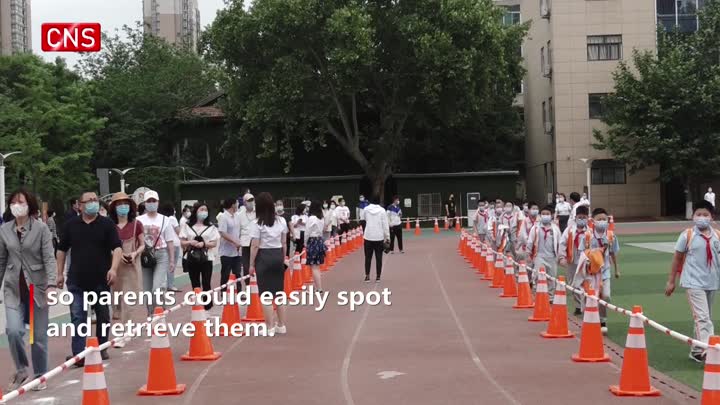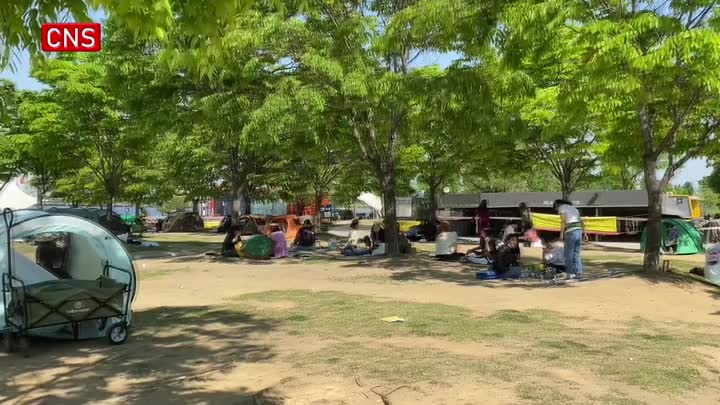
An electronic screen shows the news that the Japanese government announced its decision to extend the nationwide state of emergency for COVID-19, in Shinagawa-ku, Tokyo, Japan, on May 4, 2020. (Xinhua/Du Xiaoyi)
Coronavirus cases in Japan increased by 95 to 15,574, with the pace of new infections showing signs of slowing, according to the latest figures from the health ministry and local authorities Thursday evening.
The figures included 23 new infections in the capital, with the Tokyo metropolitan government confirming the number has remained below 100 for a fifth successive day, dropping well below the April 17 peak of 201 cases.
The nationwide death toll from the pneumonia-carrying virus now stands at a total of 603, including those from a cruise ship that was quarantined in Yokohama near Tokyo, the latest figures showed.
In a bid to reduce the spread of infections, Japanese Prime Minister Shinzo Abe on Monday extended the nationwide state of emergency until the end of May.
Abe said Wednesday that he will consult with experts on May 14 and consider if the emergency period can be lifted at an earlier juncture based on varying factors including the rate of new infections and the capacity of the health care system.
The Japanese leader also said that the government is trying to come up with an "exit strategy" from the restrictions imposed on the public as a result of the virus pandemic amid rising calls from the public for such a plan to be announced expeditiously.
Some local prefectures, however, have expedited this process for their regions and crafted their own roadmaps.
Osaka Governor Hirofumi Yoshimura said earlier this week that the region has seen the spread of the virus slowing down due to the efforts over the past month of the people.
He said his prefecture will offer an "Osaka model" as an alternative to the central government's yet-to-be-confirmed exit strategy, so the people would have a clear "target" to work towards for the further easing of restrictions.
The Osaka model, Yoshimura explained, mandates that the number of new virus cases with unclear infection routes should drop to below 10 per day, while the rate of positive test results remain under 7 percent. In addition, the beds available in hospitals for people with severe symptoms of the virus should not top 60 percent capacity.
If the three conditions are met for seven straight days, the Osaka prefectural government will decide on May 15 whether to lift restrictions and allow businesses to reopen in a phased manner.
Whereas Osaka has a clear model for lifting restrictions put in place under the state of emergency, widely seen as a psychological boost for the people in the prefecture, Tokyo, meanwhile, although the infection rate has dropped, is lagging behind in making clear its exit strategy.
"It is not easy to find the way out and we should never let down our guard or get caught napping. It is our responsibility to draw a roadmap for the future, balancing both human life and the economy," Tokyo Governor Yuriko Koike said on Tuesday.
As for Tokyo, still the epicenter of Japan's outbreak, the number of COVID-19 cases has increased to 4,771 confirmed infections, accounting for more than one-third of all COVID-19 cases across the nation, followed by Osaka Prefecture with 1,706 infections.
Kanagawa Prefecture, meanwhile, has recorded 1,141 infections, Saitama Prefecture 932 infections, Hokkaido Prefecture 928 infections, while Chiba Prefecture has recorded 867 cases of COVID-19, according to the latest figures Thursday evening.
The health ministry also said there are currently a total of 304 patients considered severely ill and are on ventilators to receive respiratory assistance or have otherwise been admitted to intensive care units for medical treatment.
The ministry also said that in total, 5,797 people have been discharged from hospitals after their symptoms improved, according to Thursday evening's figures.











